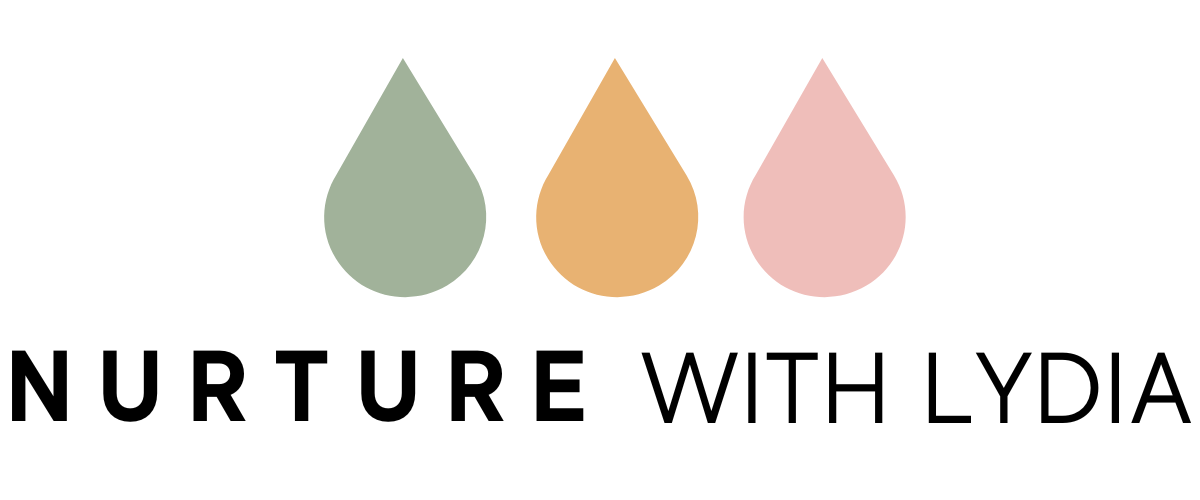Foremilk and hindmilk: everything you need to know
The composition of breastmilk changes throughout a feed, from foremilk to hindmilk. A common worry for breastfeeding mums is that their baby isn’t accessing the fatty hindmilk at the end and they may worry that this is a contributing factor to their baby’s weight, health or development.
This article dispels common misconceptions surrounding foremilk and hindmilk and gives tips on how to ensure your baby accesses all the fattier hindmilk.
What is foremilk and hindmilk?
Foremilk refers to the water milk at the beginning of a feed. Hindmilk is the more fatty milk at the end.
Are they different types of milk?
No! The most important thing to know about foremilk and hindmilk is that they are not two different types of milk. Your breastmilk gradually changes throughout a feed from foremilk to hind milk. There is no specific moment when the milk suddenly becomes more fatty.
Why is does the fat content in breastmilk increase throughout a feed?
There are sticky fat globules within breastmilk that remain in the alveoli (the milk-producing grape-like cluster of cells within your breast). The watery milk travels more easily through the milk ducts, leaving the fat globules behind, so this is the first milk your breasts secrete during a feed.
As the feed progresses, the fat globules dislodge and move down towards the nipple during the later part of the feed, and the milk becomes fattier.
Does foremilk/hindmilk affect how babies gain weight?
Your baby’s weight gain is determined by the total volume of milk over a 24 hour period, not by whether they’re getting enough ‘fatty milk’.
How do I make sure my baby accesses both my foremilk and my hindmilk?
Frequent, responsive, on-demand feeding ensures your baby is accessing the fatty hindmilk as well as the foremilk, because the emptier the breast, the higher the fat content of the milk. Scheduling or stretching feeds means your milk is likely to have a lower fat content, so it’s best to avoid this.
Breast compressions can increase milk transfer and help your baby to access the fattier hindmilk. Watch my video on how to do a breast compression.
I’m pumping – why does my expressed milk look different each time?
Your breastmilk composition will change throughout the day and depend on how often you pump, how long you’re pumping for, and how full/empty your breasts are. So please don’t worry if your milk looks different with each pumping session – this is totally normal.
If you have any concerns about feeding your baby, you’re not alone. Get in touch: hello@nurturewithlydia.com.

